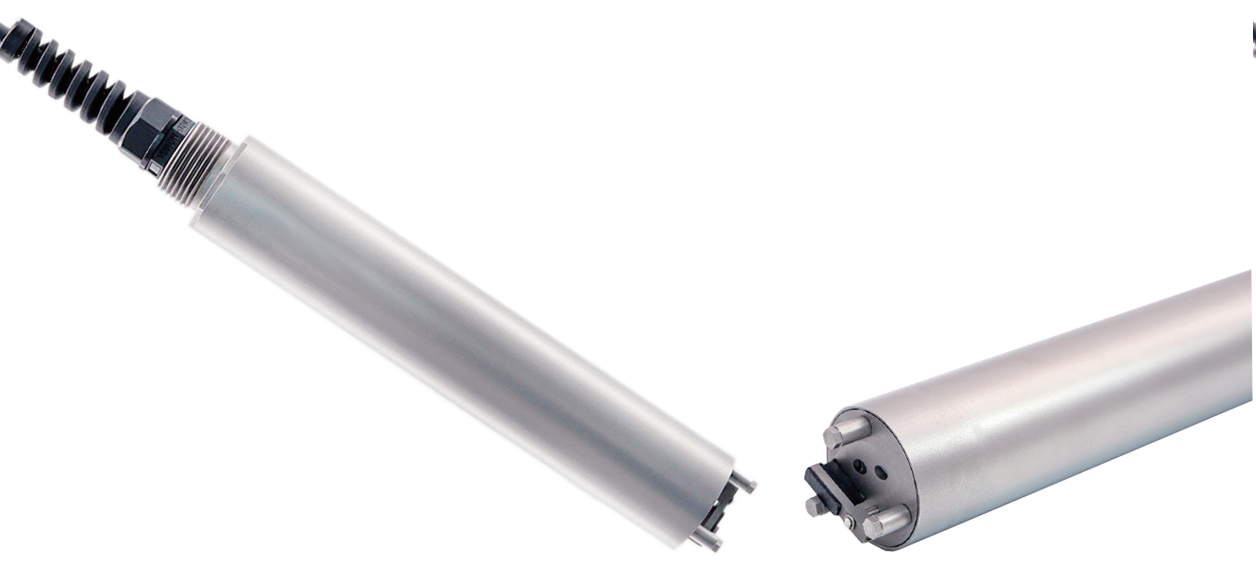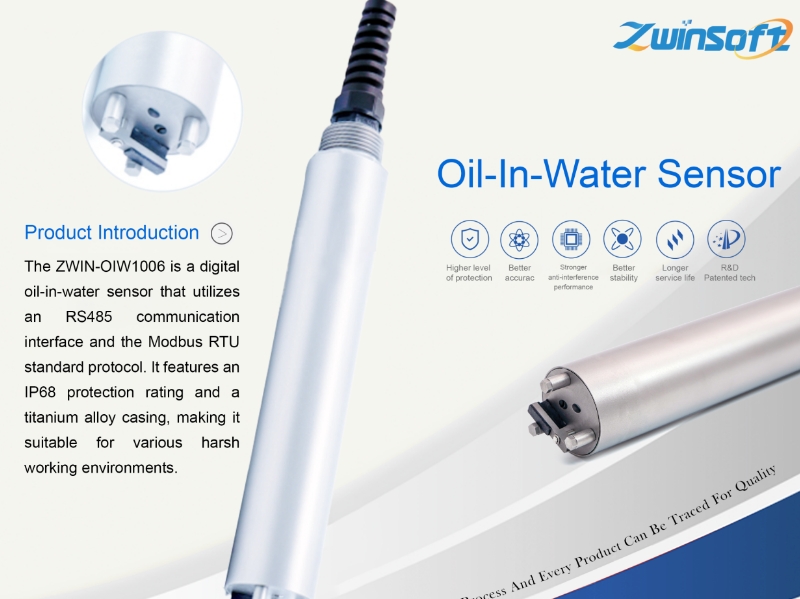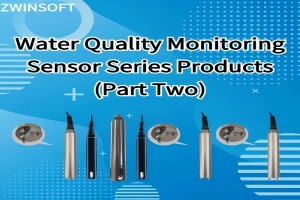The oil-in-water sensor is a device that utilizes the natural fluorescence properties of oil to detect oil in water in real time. This type of sensor can detect various types of oils, from marine diesel to vegetable oil to jet fuel, and it alerts immediately upon detection.The detection of oil is crucial in a wide range of industries, such as airport runoff, boiler condensate, and the protection of drinking water inlets.
The working principle of an oil-in-water sensor is to use the fluorescent character-istics of oil under ultraviolet light, When ultraviolet light hits the oil, it fluoresces.The photodetector of the oil-in-water sensor measures the intensity of this fluorescence, which is proportional to the amount of oil in the water. Specifically,an oil-in-water sensor typically consists ofthe following components:
UV Light Source: A lamp that emits ultraviolet light.
Optical window: Directs the UV light into the water.
Photodetector: Measures the fluorescent intensity of the oil.
Signal Processing Circuit: Converts the output of the photodetector into an electrical signal that is proportional to the amount of oil in the water.
The application of oil-in-water sensors is extensive and can accurately detect pollution during the day or night, on landor water, and at all temperatures, In industrial applications, these sensors are used to monitor spils during oil and gas extraction, monitor industrial wastewater treatment, monitor oil discharges from ships, and conduct environmental monitoring.

 Tianjin Zwinsoft Technology Co., Ltd
Tianjin Zwinsoft Technology Co., Ltd

.png)




您好!Connectez-vous